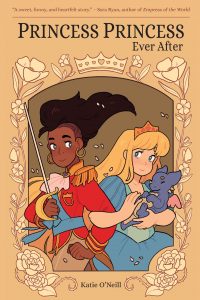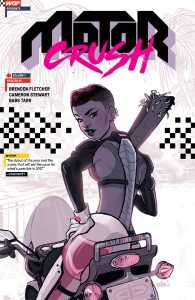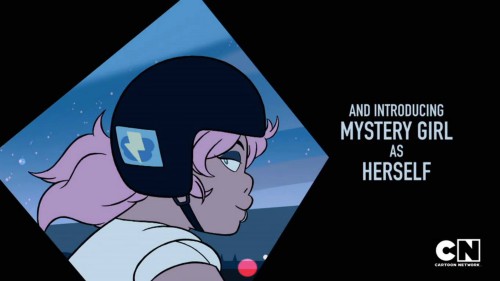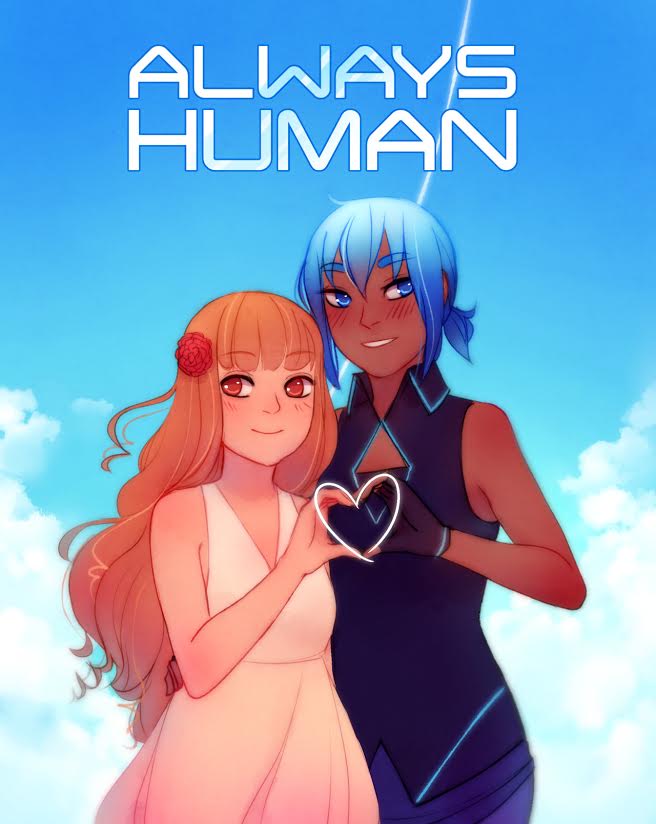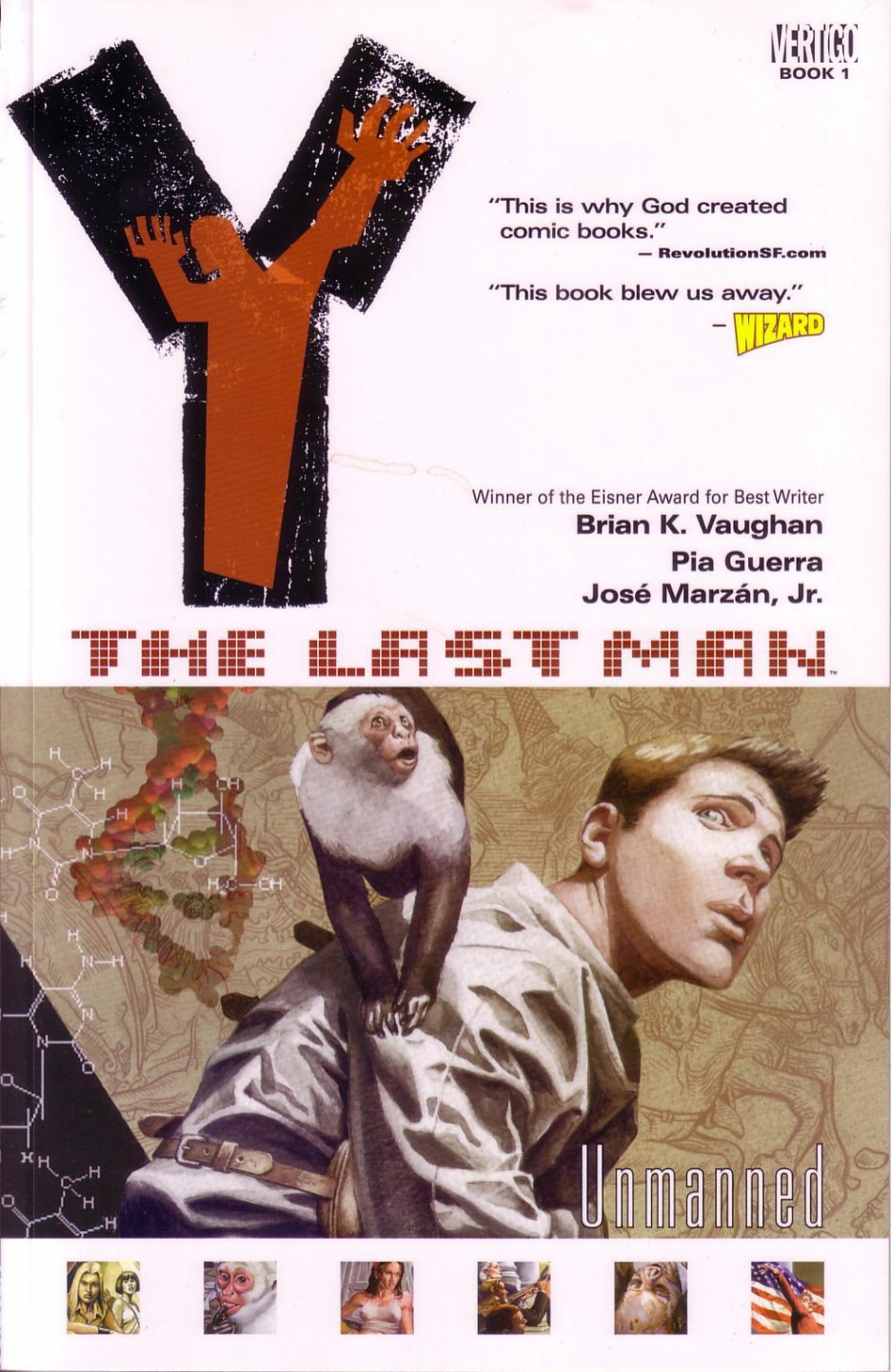Princess Princess Ever After is an all-ages graphic novel by Kay O’Neill about two princesses joining forces to rescue people and save the kingdom from an angry sorceress, and it’s really cute.
Sadie and Amira are very different styles of princess; Sadie is a traditionally feminine princess with an adorable pudgy dragon, who’s been locked in a tower by a wicked queen, and Amira is an action princess with very cool hair and a cookie-loving unicorn. It’s fun to see their different styles work together for solving problems, and I enjoyed seeing them work together to solve problems like dancing ogres and grumpy princes and wicked queens, and rescue each other!
They also solve problems without violence, and by gathering friends and supportive acquaintances! I don’t know if it’s supposed to be commentary on stereotypically feminine methods of resolving conflict or the tropes of magical girls and princess stories – but also I want stories that have all of the tropes of magical girls and princess stories, but with queer leads, so it worked for me. Plus: the drama is based on sibling relationships, rather than wicked mothers or stepmothers, and that’s a very welcome change. (Especially for me; complicated sibling relationships are my kryptonite.)
The art is very cute (and impressively different from her other all-ages graphic novel, The Tea-Dragon Society). Sometimes it’s maybe a little too simple, but it does work for the story being told, and the last page makes up for it.
It’s a light and fluffy story that reads very quickly, but it feels like a fairytale, and to be honest: that’s all I wanted. If you’re in the mood for a fluffy queer fairytale, this is a good place to start.
Susan is a library assistant who uses her insider access to keep her shelves and to-read list permanently overflowing. She can usually be found writing for Hugo-winning media blog Lady Business or bringing the tweets and shouting on twitter.

